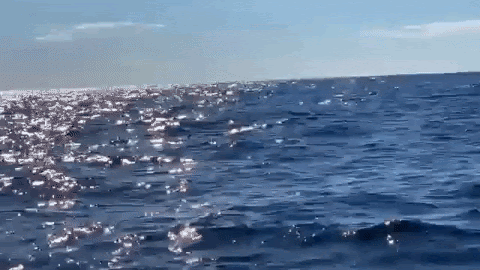|
Getting your Trinity Audio player ready...
|

The oceans could use more whale poop, according to a new study published in Nature. But first we need more whales.
How We Got Here
The year 1910 kicked off decades where whale hunts were en vogue. Between 1910 and 1970, an estimated 1.5 million baleen whales were killed in Antarctica.
This is a sad fact, and not a small one. These whales are BIG–up to 56 feet long and 100 tons–so that massive number of hunted whales feels even more massive to the ocean ecosystem. The study shows that baleen whales eat three times more than we thought they did.
And what goes in must come out.
(This is where the poop comes in.)
Super Poopers
Turns out, the whales are mobile recycling units. They gulp up huge amounts of krill, process it, then drop a load of the krill’s iron back into the ocean.
That iron feeds phytoplankton, which feeds a lot of the ocean, including krill. So the whales that eat krill also keep them alive and the circle of life moves us all.
(Enormous whales + humans = fewer enormous whales = less whale poop = less iron = unhappy phytoplankton = unhappy ocean = unhappy humans)
…through despair and hope…
Now What?
The plan to fix this seems pretty simple. We stopped hunting whales in the ‘70s, so that was the first step. Now we need to get back to where the oceans were in 1900.
“Our results suggest the contribution of whales to global productivity and carbon removal was probably on par with the forest ecosystems of entire continents, in terms of scale,” said study co-author Nicholas Pyenson. “That system is still there, and helping whales recover could restore lost ecosystem functioning and provide a natural climate solution.”
Save the whales! And their poop!
‘Til we find our place on the path unwiiiiiiiiiiiiiinding…





